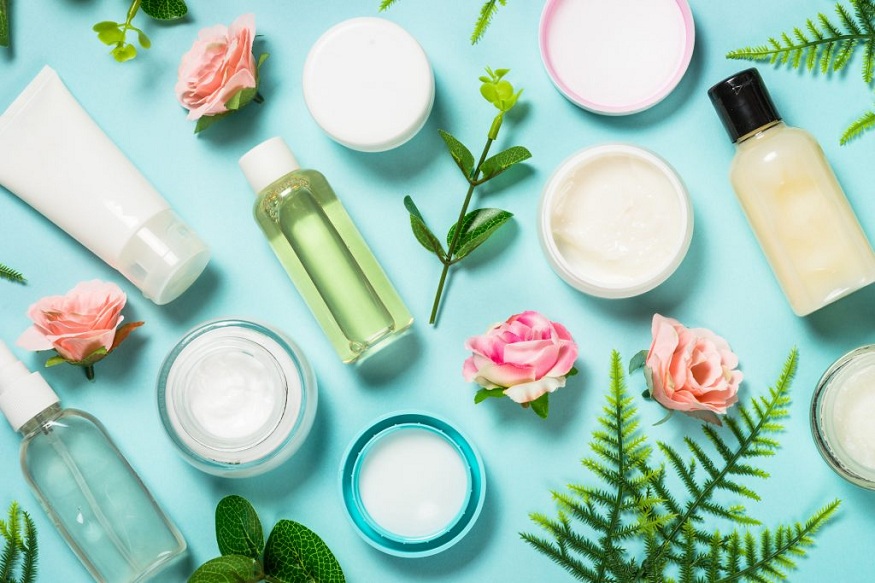
When purchasing skincare, haircare, makeup, as well as other personal care products, consumers in today’s beauty products labels market are presented with an endless array of possibilities. As the initial point of contact between you and a possible purchase, the product label provides important information that can assist you in making wise choices. In order to assist you navigate the sometimes perplexing world of beauty marketing and locate items that actually match your needs, this article examines eight crucial elements to take into account when assessing beauty product labels.
1. Ingredient Transparency
The list of ingredients is likely the most significant part of any cosmetic product labels . Opt for items that provide a list of all the ingredients, showing the ones present in the largest quantities first. Keep in mind not to trust “fragrance” or “parfum”; they may mean there are many chemical compounds in the formulation that have not been identified. Since the first five ingredients take up most of the recipe, focus on them carefully. Now, certain manufacturers choose to list how much of their main active ingredients are in their products. When you know what is in the product, you can avoid those that may harm you or your hair and make sure you are getting nutrients you actually need.
2. Certifications
Various symbols as well as certifications on beauty product labels can instantly communicate important information about the product’s qualities and manufacturing practices. For instance, a “natural” claim without certification may mean very little, whereas an official certification guarantees the product meets specific standards. Understanding these symbols helps you quickly identify products that align with your values, whether your priority is environmental sustainability.
3. Shelf Life and Expiration Information
Over time, cosmetics decay and may become hazardous or ineffective. The Period following Opening (PAO) symbol, a tiny jar emblem with a number and “M” (months), is seen on most labels and indicates how long a product is safe to use following the initial use. A manufacturing and expiration date may also be shown on certain products. Given that products with natural components and no preservatives usually have shorter shelf life, this knowledge is very important. When buying and using products, keep these dates in mind because expired formulations may contain dangerous microorganisms or lose their efficacy.
4. Clarity of Claims
Labels for beauty products frequently make alluring claims about their advantages or effects. Examine these assertions closely by seeking for specificity and corroborating data. Though more precise claims like “reduces appearance of fine lines within four weeks” give clearer expectations, vague promises like “anti aging” or “skin perfecting” don’t tell you much. In general, claims supported by consumer testing data or clinical studies (typically denoted by asterisks pointing to supporting material) are more reliable. Absolute statements, such as “eliminates wrinkles” or “cures acne,” should be avoided because they are frequently overstated.
5. Usage Instructions
Clear and detailed usage instructions, as well as information on safety, prove that the manufacturer is responsible. The labels effectively tell you how much of the product to use, how often and if it suits the eye contour or sensitive skin. The information also explains possible side effects, cases where the medicine should not be taken and why use should be stopped. Adhering to the usage instructions makes the product safer and better for your skin when you introduce a new active ingredient.
6. Environmental and Ethical Considerations
People are now choosing beauty products that consider both the environment and ethics. Decide if the packaging can be recycled, degrade over time naturally or if it is made from renewable resources. Some manufacturers include advice to consumers on recycling or take part in packaging recycling schemes, as mentioned on their labels. Sometimes, packaging includes charitable projects and fair trade or community trade practices. Firms that care a lot about sustainability always display their environmental guidelines both on their items and through QR codes directing to more information. As a result, you will contribute more to supporting companies who value what you do and strive for better change in the beauty business.
7. Target Skin/Hair Type
Effective beauty products are formulated with specific skin or hair types as well as concerns in mind. Labels should clearly indicate whether a product is designed for dry, oily, combination, or sensitive skin, or for particular hair textures as well as conditions. This information typically appears prominently on the front label or package. Products addressing specific concerns like acne, hyperpigmentation, frizz, or hair loss should explain how their formulations target these issues. The most helpful labels go beyond broad categories to describe in detail who might benefit most from the product. This specificity helps you avoid products unsuitable for your needs as well as narrow down options to those most likely to address your particular concerns.
8. Pricing Relative to Quantity
When assessing value, you should consider how both the price and ingredients relate to the product quantity. Calculate the price per unit by reading the net volume or weight in grams, milliliters or ounces. You should remember that a smaller product with more active ingredients may be a better deal than a larger one with less active ingredient. The price of premium products should be justified by using more refined ingredients, new ways to release the active substances or thorough research. Cosmetic brands now include information about how long the product is likely to last if you apply it regularly.
Conclusion
Better outcomes and more happy purchases arise from selecting beauty goods based on careful label analysis rather than eye catching packaging or marketing claims in sticker companies. A thorough foundation for making well informed judgments is provided by the eight variables covered above: ingredient transparency, certifications, shelf life information, claim clarity, usage instructions, environmental concerns, target specifications, as well as value evaluation. Keep in mind that everyone has different needs, so what suits someone else well might not work for you. You may empower yourself to create a customized beauty routine with items that actually meet your unique needs by developing your ability to read labels.
